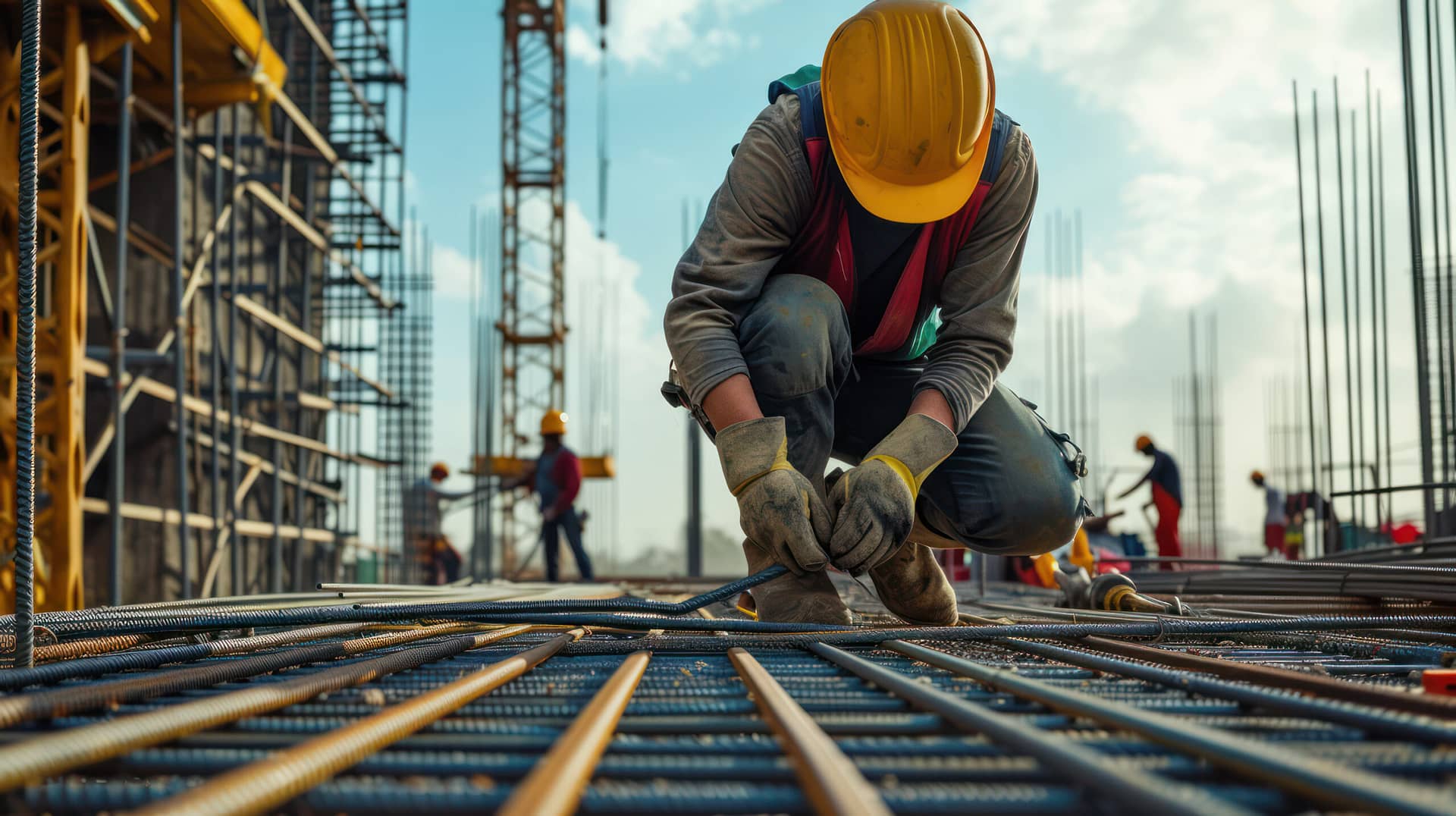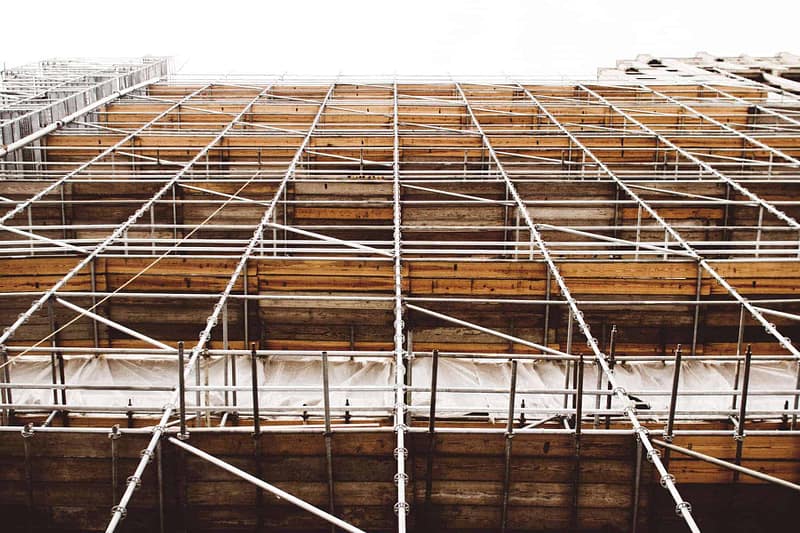Construction companies are facing headwinds on multiple fronts—from spending freezes on federally-funded projects to a recently announced 25% tariff on all steel and aluminum imports into the United States with no exceptions or exemptions.
“Tariffs on steel, aluminum, and lumber can have an outsized impact on construction,” said Nick Balaity, Partner, Construction at Aldrich. “The 2018 tariffs on steel and aluminum imported into the US resulted in increased material costs for construction, which often turned into significant budget overruns.”
For companies doing projects in the Pacific Northwest, there are also state issues that include managing Project Labor Agreements in Oregon and a freeze on new contracts from Washington state.
Impact of Tariffs on Construction
“It’s crucial that construction company owners and leaders consider how this changing environment will impact their jobs,” said Tanya Valle, Partner, Construction at Aldrich. “There is a potential for increased raw and finished material costs, disrupted supply chains and timelines, and tighter budgets.”
Increase in Material Costs
Materials such as lumber, steel, and aluminum are often sourced from abroad. This can impact both the cost of raw materials and the prices of finished products including:
- Pipes
- Beams
- Structural elements
Supply Chain Disruptions
Long-term relationships with suppliers may become strained. An industry-wide movement to source raw materials and finished products from countries not affected by tariffs could cause delays and shortages.
Impact: Slowed down construction projects, timelines are extended, increased labor or equipment rental costs as workers are waiting for materials to arrive.
Project Timelines and Budgets
When prices go up, construction companies have two options:
- Absorb the additional expenses
- Pass the costs on to their clients
Absorbing costs will squeeze profit margins and limit the ability to hire additional workers and invest in new projects. Passing the costs on to clients may reduce the demand for new buildings and infrastructure since construction projects become less attractive.
Impact: Strained budgets and reduced overall profitability on projects.
Aldrich's Construction Accounting Team
Aldrich’s construction practice was ranked 16th in Construction Executive’s 2024 list of the Top 50 Construction Accounting Firms. Reach out to a specialist to understand how tariffs and other regulatory and tax changes may impact your construction company.
For More Information
Please view the articles below for more tariff insights or sign up for our news alerts.


